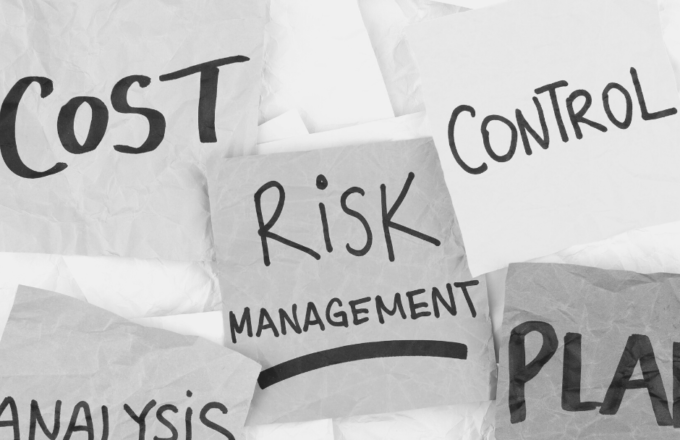
The importance of risk management & quality control procedures
June 7, 2022
We recently came across this article written by Solutions Underwriting and believe it is an important one to share with our commercial clients. It shares:
- The main purpose of risk management
- What the risk management processes are
- The 5 key areas insurers look at
Risk management in insurance is the practice of identifying potential risks in advance, analysing these risks, and taking precautions to mitigate the chances of potential claims. This usually involves the planning and implementation of procedures and processes that will reduce the likelihood of future claims. Risk management procedures help businesses insurers to identify potential risks in the day-to-day running of their businesses and provide an action plan to prevent future claims. The below provides a guideline for what insurers look for when assessing the suitability of potential insurance risk in terms of risk management.
What is the main purpose of risk management?
The main purpose of risk management is to identify potential risks before they occur in order to plan risk handling activities in advance which in turn mitigates adverse impacts to achieving project objectives. Insureds must consider various risk factors in the project life cycle. Having risk management procedures and processes in place helps prevent potential financial, personal injury, and environmental losses from occurring. Effective risk management procedures provide a plan for smooth workflow thus maximizing productivity and revenue generation.
What are risk management processes and procedures?
1. Risk Identification – Process of uncovering, recognising, and describing risk factors that may potentially lead to claims. Various techniques, such as toolbox meetings and SWMS, are employed to help identify potential risks.
2. Risk Analysis – The identification of the effects of risks registered.
3. Risk Evaluation – Identifies and determines the risk magnitude, likelihood, and consequences that risk may bring about in the day-to-day business activities. This also helps businesses decide which risks warrant serious consideration or treatment.
4. Risk Treatment – Developing a risk response plan. At this stage, businesses can assess the highest risks and develop a risk response plan. This includes the creation of risk mitigation strategies, prevention plans and contingency planning.
5. Monitoring and Review – Using a risk register will help businesses monitor, track and review risks. Putting a framework around these risks will help de-risk any potential claims or incidents from occurring.
What are the 5 key areas that insurers look for when evaluating a business’s risk management procedures and suitability for insurance?
1. Risk Management Culture – The degree to which risk and risk management are important considerations in decision making. It also helps in evaluating a business’s philosophy in regards to risk and risk appetite, governance, and organizational structure of its risk management procedures.
2. Risk Control – The evaluation of the entity’s quality risk management, risk monitoring standards, and limits for retained risks.
3. Extreme Event Management – the process of envisioning the impact of likely disasters through scenario analysis and stress testing. This helps in identifying the potential impact to the company’s reputation, liquidity, and overall financial muscle in catastrophic events. This is essential in assessing the reliability and adequacy of catastrophic risk reinsurance and retrocession to reduce the impact of conceivable company disasters thus ensuring the survival of the enterprises.
4. Risk & Capital Models – To monitor, control, and manage risk exposures, indicative, predictive, and sensitivity risk measures. Indicative measures are available in accounting, administrative, or underwriting systems. Some examples include life insurance sum insured, probable maximum loss, premiums earned, asset values, staff turnover rates and auditing. Predictive measures can be estimated using complicated simulation models that take into account the expected shortfall and value at risk.
5. Strategic Risk Management – The risk involved due to the changing technological processes. It is therefore important for an organization to develop an action plan that will look into risks that will potentially disrupt the operations of the company due to technological shifts.
It is important that businesses develop and create risk management plans and procedures to help reduce the likelihood of future claims or incidents occurring. Having a simple and effective risk management plan helps businesses create credibility in their respective marketplace which hence attracts a higher sophisticated customer base leading to greater profitability.
Original source: Author Jeremy O’Connor from https://www.solutionunderwriting.com.au/


